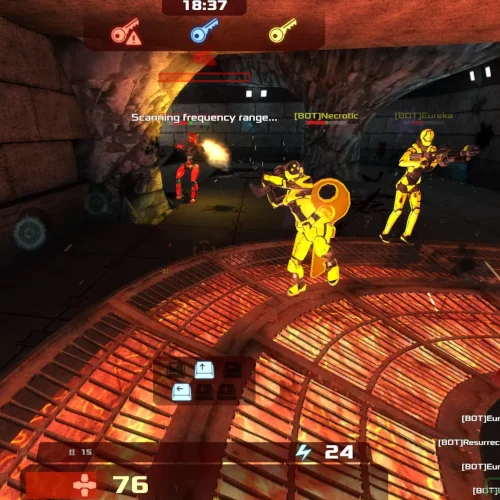DRIVERS have been cautioned about two recalls that affected nearly 200,000 Mazda cars.
Those affected by the recalls were urged to take action to avoid serious safety issues.
2

2
The recall involves 2024 and 2025 MX-5 models, according to the recall alert.
“The Traction Control System (TCS)/Dynamic Stability Control (DSC) indicator light may not illuminate when abnormal yaw rate characteristics are detected due to a software diagnostic programming error,” the report reads.
“As a result, the driver may be unaware of the malfunction, which could increase the risk of a crash or injury,” it continued.
The TCS/DSC light indicates if the system is operating correctly, if it’s turned off, or if there is a malfunction.
The light will typically flash if the system is actively working to maintain stability, and it will illuminate continuously if there’s a problem.
The TCS/DSC system activates when the system detects one or more wheels losing traction, potentially due to slick surfaces, mud, sand, or uneven surfaces.
In that case, the system works to control engine torque and brakes to reduce wheel spin and regain traction.
The National Highway Traffic Safety Administration estimated that 12,244 vehicles were affected by the recall.
Owners will be notified by mail and instructed to take their vehicle to a Mazda dealer.
Dealers will replace the DSC unit with improved parts, free of charge.
A reimbursement program will not be offered as all vehicles are under full warranty coverage.
The recall alert mentioned that owner notification letters would be mailed on or before July 21, 2025.
According to a public report, Mazda’s domestic production volume in January 2025 increased 22.6% year on year due to increased production of passenger vehicles.
The automaker’s domestic sales volume in January 2025 increased 23.9% year on year due to increased sales of passenger vehicles.
How can I check if my car is part of a recall?
If you own a car that’s been recently recalled, you can easily check your VIN.
The National Highway Traffic Safety Administration (NHTSA) makes it incredibly quick and easy for drivers to check and see if their vehicle is part of a recent (or past) recall.
The VIN checking tool also allows drivers to see whether or not the repair was completed within the last 15 years, making it an incredible tool for buyers of used cars.
All recalls initiated by the NHTSA mean free repairs for drivers, even if it’s an engine or a transmission replacement. If your VIN shows an active recall that has not been repaired, it’s important to make an appointment at your nearest dealership.
Here’s how to make an appointment for a recall:
- Look up your VIN using the NHTSA tool.
- Find out the recall number/ID from the manufacturer.
- Call your nearest dealership’s service center with the ID number handy, and mention you’d like to schedule an appointment to repair the recall. The repair can only be done at a dealership, as they’re authorized by the manufacturer to conduct the repair free of cost using genuine parts.
- Try to make the appointment as soon as possible.
- Once the repair is completed, the dealership will update the information associated with the VIN to reflect it’s been completed.
Source: NHTSA
Despite President Trump’s looming tariffs, Mazda’s export volume in January 2025 increased 14.3% year on year due to increased shipments to North America and other regions.
Most manufacturing takes place in Japan, Mexico, and the United States, but the company’s headquarters are located in Hiroshima, Japan.
Drivers who are not sure if their vehicle was part of the recall can navigate the National Highway Traffic Safety Administration website and enter their Vehicle Identification Number (VIN).
The NHTSA notes that your VIN will be searchable on May 28, 2025, for this particular recall.
This comes after the automakers recently recalled over 170,000 2024-2025 Mazda3 and 2024-2025 CX-30 due to an airbag issue.
The vehicles were recalled due to the possibility that the airbags may fail to deploy in the event of a crash, raising the likelihood of injuries.
Mazda stated that specific 2024-2025 Mazda3 and CX30 models might have defective airbag sensors that trigger an error code, potentially disabling the airbags as a result of a low battery issue.
The investigation was initiated by Mazda after an airbag warning light issue was reported by a consumer in the US market in June 2024.
The affected vehicles were manufactured in Mexico and Japan between May 2023 and January 2025.
To resolve the problem, dealerships will either reprogram the airbag sensor units with updated software or replace the units at no cost.
Mazda intends to send notification letters to owners by July 28.








